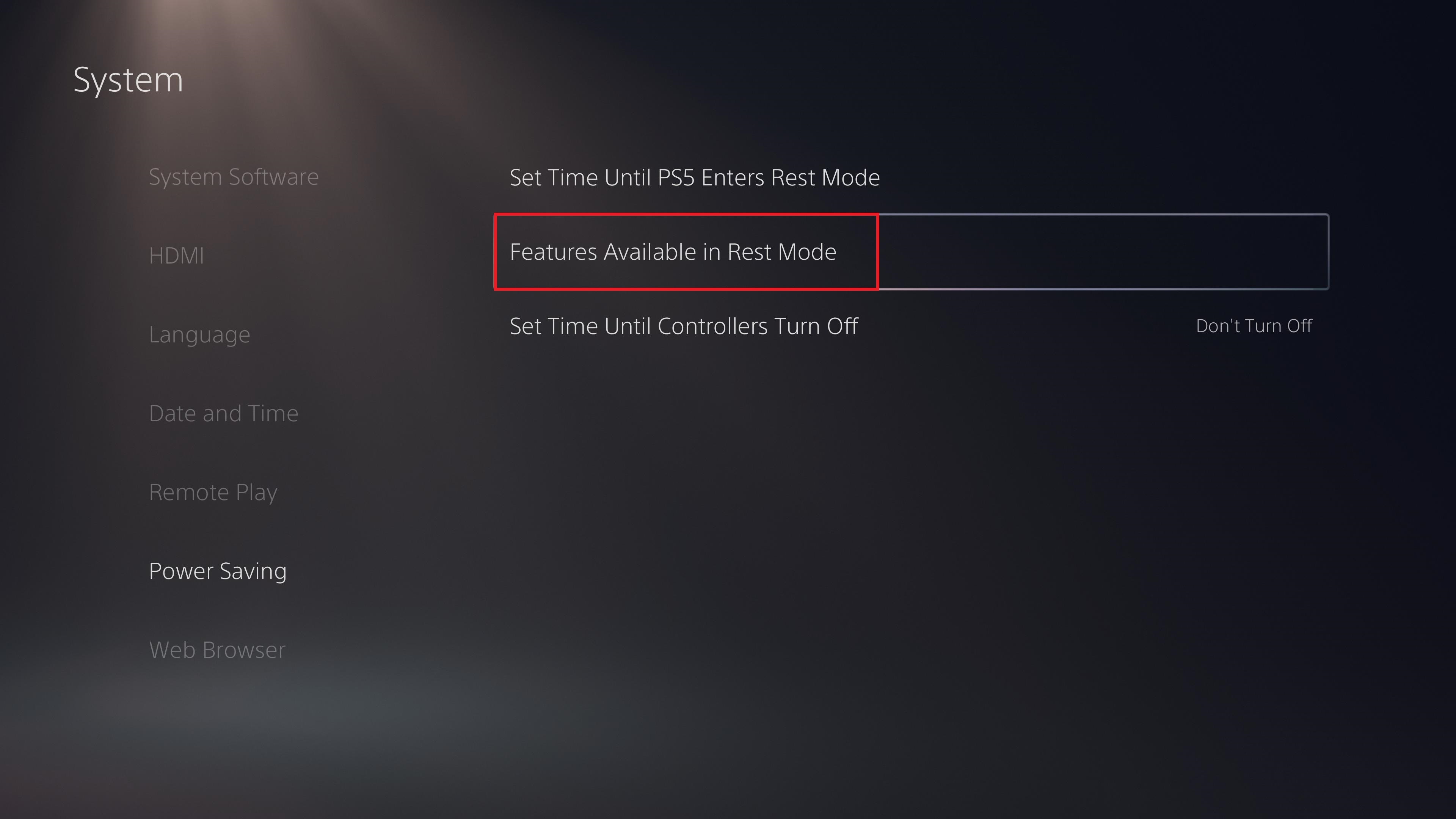How the PlayStation Vita Paved the Way for Remote Play on PS5
Laying the Foundations for Remote Play
When Sony first introduced the PlayStation Vita in 2011, it showcased a then novel feature - the ability to stream and play PlayStation 3 games remotely on the portable handheld console through “Remote Play”. While adoption of the PS3 was still growing at the time, Remote Play on the Vita allowed fans to enjoy their console games in new flexible ways. However, technical limitations meant this was still in its early stages. When the PlayStation 4 launched two years later in 2013, Remote Play was transformed. Supported by the more powerful PS4 hardware and refinements to the feature, nearly all games could now be seamlessly streamed and played on the Vita. Users gained the flexibility to take their PS4 gaming library with them on the go through a stable WiFi connection. This helped make Remote Play a mainstream part of the PlayStation ecosystem.
Restrictions of Location and Controls
While Remote Play expanded PlayStation’s reach beyond just the living room TV, it still faced limitations. Chief among these was that streaming required being on the same local wireless network - meaning true portability was not possible out in the world. Additionally, the Vita’s controls presented issues for some games. With only two shoulder buttons, more complex dual analog stick titles had to get creative, sometimes using unintuitive touchscreen solutions. Input lag and connection quality also varied depending on network speeds and conditions. Despite its promise, Remote Play was still held back in key areas.
Broadening Remote Play’s Horizons
In the following years, Sony worked tirelessly to push technological boundaries and broaden Remote Play’s potential. Major PS4 system updates allowed the feature to be used on smartphones and tablets for the first time, pairing a DualShock controller over Bluetooth. This expanded Remote Play beyond just the Vita, improving its portability. Meanwhile, emerging network technologies like 5G and satellite internet services from companies like Starlink aim to address location restrictions and bandwidth issues that plagued early Remote Play. Faster, lower latency connections open up new possibilities for on-the-go streaming of console-quality games.
Preparing Remote Play for PS5
With the launch of the more graphically powerful PlayStation 5, Remote Play is poised to once again evolve. As a system with significantly increased throughput and decreased latencies compared to PS4, PS5 Remote Play could enable an even broader set of AAA games to be streamed at high quality over a variety of internet connections. Some industry experts speculate that with continual progress in network speeds, Remote Play may soon allow PlayStation fans to seamlessly access their massive PS5 game libraries from anywhere in the world on the mobile devices they already own. Controller input lag could potentially become nearly imperceptible, matching the responsiveness of local hardware play.
